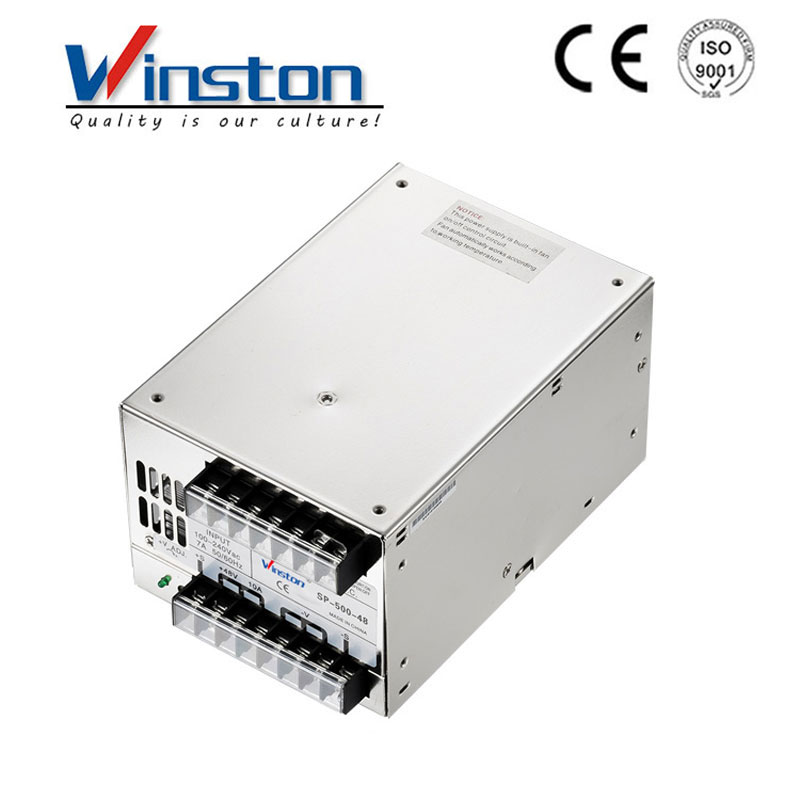Most electronic devices need specific, steady power to work properly. But the electricity from outlets or batteries often isn't in the right form for these devices. That's where a switching power supply plays a key role. This guide explains exactly what it is, how it works, and why it matters for your devices.
At its simplest, it's an electronic device that converts electrical power from one form to another. Its main job is to take inconsistent input power—like high-voltage AC from a wall outlet, or fluctuating DC from a battery—and turn it into a stable, low-voltage output that your device can use safely.
For instance, a device that needs steady low-voltage DC can't use high-voltage AC from a power system directly. This component bridges that gap: it takes the inconsistent input, adjusts it, and delivers the exact stable output the device requires. This prevents sudden spikes or drops that could break the device or disrupt its performance.

You don't need advanced electrical knowledge to understand its basic process. It works in three main, easy-to-follow steps:
First, it takes in “raw" power from a source, such as AC from an outlet or DC from a battery. This input power is often inconsistent—voltage might rise or fall slightly, which would harm sensitive devices.
The core of its design is a small component that switches the input power on and off very quickly, often thousands of times per second. This rapid switching lets it trim the power down (or sometimes boost it) to the exact voltage and current the device needs. This process is efficient, so it doesn't waste much energy.
After switching, the power goes through a filter to remove any small fluctuations. The result is a smooth, consistent output perfectly matched to your device's requirements. This stable power keeps devices running reliably, even when the input power isn't ideal.
Its purpose boils down to two critical needs for most electronic devices:
Most devices are sensitive to power changes. A sudden voltage spike could burn out internal components, while a drop might cause the device to shut down or give wrong readings. A switching power supply prevents this by keeping the output power steady at all times.
Different devices require different power levels. A switching power supply is designed to adapt to these specific needs, converting the input power to the exact voltage and current the device is built for. Without it, you couldn't safely power most modern electronic tools.
A Switching Power Supply is a simple yet essential tool: it converts inconsistent input power into stable, device-friendly output power. It ensures your electronic tools—for industrial or smart use—run safely and reliably by matching their exact power needs.
To explore which switching power supply works for your project, check out our product page for detailed specs and options.
GET A QUOTE